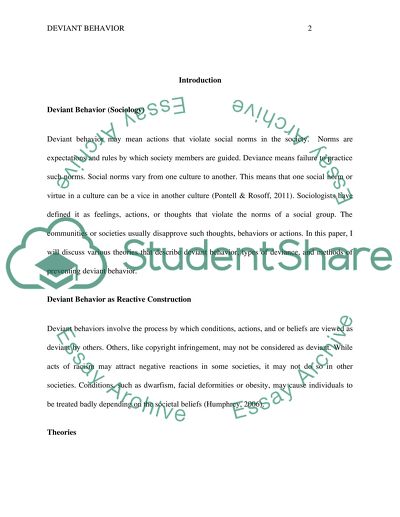Cite this document
(“Deviant Behaviors Research Paper Example | Topics and Well Written Essays - 1500 words”, n.d.)
Retrieved from https://studentshare.org/miscellaneous/1600284-deviant-behaviors
Retrieved from https://studentshare.org/miscellaneous/1600284-deviant-behaviors
(Deviant Behaviors Research Paper Example | Topics and Well Written Essays - 1500 Words)
https://studentshare.org/miscellaneous/1600284-deviant-behaviors.
https://studentshare.org/miscellaneous/1600284-deviant-behaviors.
“Deviant Behaviors Research Paper Example | Topics and Well Written Essays - 1500 Words”, n.d. https://studentshare.org/miscellaneous/1600284-deviant-behaviors.


